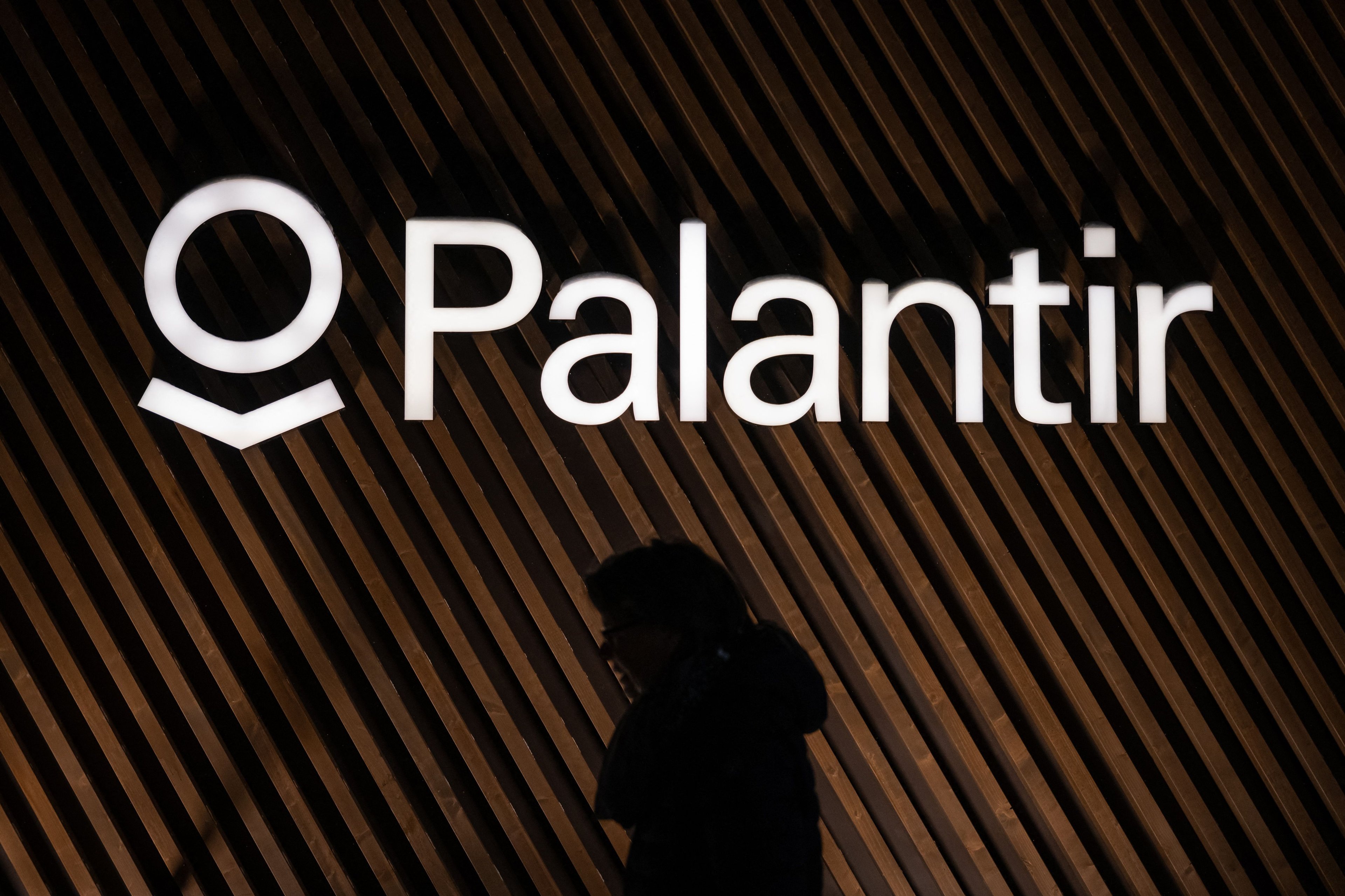One of the fastest-growing stocks in artificial intelligence (AI) over the last year is Palantir Technologies (PLTR +0.17%). Its Artificial Intelligence Platform (AIP) brought eye-popping productivity gains to its customers. Investors took notice, as the stock is up by 420% over the last year.
Unfortunately for investors who have recently taken an interest, its forward P/E ratio is 205, and it sells for 96 times sales. Knowing that, three contributing analysts from The Motley Fool have weighed in to determine whether its stock is still worth buying at these levels.

Image source: Getty Images.
Is Palantir a repeat lesson from the dot-com era?
Justin Pope: Separating noise from signal is arguably the most challenging aspect of investing.
For Palantir, the noise is a red-hot stock price. Shares of Palantir have risen a mind-melting 1,770% since 2023. In other words, buying the stock up to this point has looked like a genius move. Anyone seeing this, especially on social media, where people aren't always humble, might feel tempted to jump into the stock.

NASDAQ: PLTR
Key Data Points
But here is the signal. The stock is rising faster than Palantir's underlying business has grown. Don't get me wrong, I think Palantir is an excellent AI stock, and the company is executing at a high level, particularly since launching AIP two years ago.
It can make a stock appear invincible when prices only go up. However, investors have seen this movie before. Cisco Systems ran to wildly excessive valuations during the infamous dot-com bubble in the late 1990s. It lost most of its value when the bubble burst, and still hasn't revisited its all-time high, a whopping 25 years later.
That doesn't mean that Palantir will suffer the same fate, but check this out. Cisco's P/E ratio peaked at approximately 234, and its price-to-sales (P/S) ratio peaked at around 39. Palantir is even more expensive today than Cisco at its peak.
At the very least, it's hard to imagine much more rational upside in Palantir from these levels. Even worse, any market downturn or misfire in Palantir's business could pop that valuation bubble. Investors should tread very carefully around Palantir stock these days.
Amazon's stock history holds a valuable lesson for those worried about Palantir's lofty valuation
Jake Lerch: Here's a sentiment that I often hear: "I love the stock, but it's too late to buy it now."
And while there's nothing wrong with this viewpoint in theory, I've seen it disproven too many times in practice to grant it much weight. Take Amazon, for example.
For years, countless analysts pointed out -- for good reason -- that Amazon's valuation was sky-high. From 1997 through 2000, Amazon's average P/S ratio was around 16. Moreover, the company had no profits -- and therefore no P/E ratio -- until 2003. Once it was making money, Amazon's average P/E ratio over its first five years of profitability was an eye-popping 88.
Yet, investors who bought Amazon -- and held until today -- would be very happy with the results. In fact, $10,000 invested in the stock in 2008 would be worth about $800,000 today.
This is all to point out that valuation isn't everything.
Yes, Palantir is an expensive stock by just about any measure. Its current P/S and P/E ratios are significantly higher than the historical averages I cited for Amazon.
However, that's because Palantir is poised to deliver enormous growth over the next decade or more. The company offers a unique value proposition that appeals to almost every organization. It can deliver efficiency gains for government agencies; it can cut costs for commercial clients. It can even help military and intelligence agencies win wars and prevent terrorist attacks. Simply put, there's very little this company can't do.
Lastly, the nature of AI and data analysis means that Palantir is positioned to benefit from significant network effects and economies of scale as its AI systems improve and the company's overall client list grows. On top of that, its revenue is already growing at a year-over-year rate of 39%, and profits are increasing, as is free cash flow.
That's what gives me confidence to believe it's not too late to buy Palantir stock.
Palantir is a winner for customers, but not investors
Will Healy: When it comes to AI living up to its potential, perhaps no stock outshines Palantir. The company began in 2003 and utilizes AI and machine learning as a national security-focused tool.
However, it was only when Palantir began to benefit from AIP's massive productivity gains that its popularity took off. Anduril Industries had a 200-fold efficiency gain in its ability to respond to supply shortages. A global insurer reduced an underwriting workflow from two weeks to three hours. With results like that, it is little wonder its commercial customer count is up fivefold over the past three years.
Such gains undoubtedly played a role in the aforementioned stock price growth, but regrettably for Palantir bulls, the increases likely do not justify the software-as-a-service (SaaS) stock's valuation, and here's why.
In Q1, revenue of $884 million rose 39% compared to year-ago levels. With that growth, its net income of $214 million surged 103% higher over the same period. Unfortunately, triple-digit growth is not sustainable for even the best of companies, and the current valuation likely prices it for perfection.
That "perfection" is likely not in the cards for Palantir. Analysts forecast revenue growth will slow to 36% for 2025 before falling to 29% in 2026. That is likely to do little to make the 96 P/S ratio more attractive, particularly when the larger and faster-growing Nvidia sells for 24 times sales.
Indeed, Palantir is likely to play a key role in the AI field for years to come. Nonetheless, valuation matters at some point, and investors could find themselves stuck in a losing stock for years to come if the sentiment around the stock starts to turn negative.






